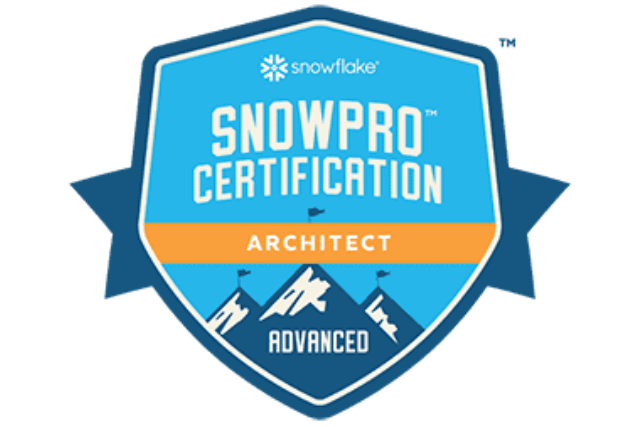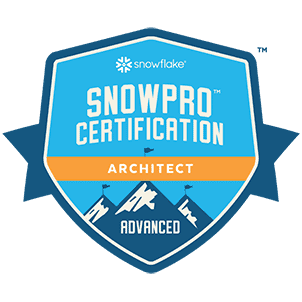Snowflake fundamentals Course
- 32 Hours
- 4/8 Lectures
Snowflake fundamentals Course
- 32 Hours
- 4/8 Lectures
$2000
$1499
Overview
Enroll in this Snowflake Fundamentals course offered by MeeshaSoftware, which lasts for four days. This document is geared toward the main stakeholders who will be working on the Snowflake Cloud Data Platform, and it includes the core principles, design considerations, and best practices that are relevant to that platform. The Snowflake Fundamentals course will cover a broad variety of core subjects via a combination of laboratories, demonstrations, and lectures.
To Whom It May Concern:
- Data Analysts
- Data Engineers
- Data Scientists
- Architects of database systems
- Administrators of database systems
The Goals of Our Instruction
- Provide examples that highlight how the Snowflake Cloud Data Platform's architecture is distinctive and original.
- Carry out data loading and processing.
- Conduct an analysis of Query Constructs as well as DDL and DML Operations.
- Examine Snowflakes' comprehensive SQL functionality for the purpose of data analysis.
- Describe in detail how both user access and application management may be readily accomplished.
- Showcase the most effective procedures for dealing with data that is only partially organized.
- Discuss the innovative technique that Snowflake takes to caching in more detail. Investigate the several channels via which one may connect and communicate with the Snowflake Platform.
- Utilize the Snowflake approach to ensure the continued preservation of your data.
- Make use of data sharing to communicate in real-time with your customers and business partners.
- Increase the performance of your Virtual Warehouse while maintaining concurrent access.
- Describe the many options you have for administering and keeping track of your Snowflake account.
Because of the limited availability of this program, it may take up to three weeks to get everything up.
You are going to learn:
Module 1: Architecture and Overview of the Snowflake Model.
- Overview of the Snowflake's Technical Aspects
- A Layer for Cloud Services
- Layer of Computing
- Storage Layer
Module 2: Data Movement
- Data Loading
- Unloading
- Best Practices
- Module 3Snowflake Objects and Commands Will Be Covered In
- Query Building Blocks
- Language for the Description of Data (DDL)
- Data Manipulation Language (DML)
Module 4: Snowflake SQL Support for Data Analysis is Covered.
- Support for SQL Queries and Industry Standards for Their Use
- Functions for Analyzing Data in SQL
- Functions of Estimation That Achieve High Performance
- UDF in addition to the Stored Procedure
- Display of the Query Profile
Module 5: Managing Security
- The Encryption of Data
- Authentication
- Control of Access Based on Roles
Module 6: Semi-structured Data.
- Snowflake provides users with the ability to deal with semi-structured data as well as best practices for doing so.
- Caching
- Snowflake's Capable Caching Functionality
- Utilizing caching effectively to maximize both performance and cost savings
Module 7: Snowflake Clients and the Ecosystem is the Point.
- A Comprehensive Look into Snowflake Clients and Connectors
- SnowSQL—Snowflake Command Line Interface
- Protection of Permanent and Continual Records
- Snowflakes can travel across time.
- Snowflake's Attempts at Cloning
Module 8: Data Sharing.
- Snowflake Data Sharing Overview
- Efficiency as well as Parallelism
- Profile of Queries
- Clustering of Data Based on Micro-Partitions
- Increasing the Capacity of a Virtual Warehouse
Module 9: The Management and Monitoring of Accounts and Resources are Covered.
- Utilization of System Resources and Billing
- Controlling the Operations of Virtual Warehouses
- Independence from each other and separation of tasks
- Tools for Monitoring: Resource Monitors
- Tools for Monitoring: Account Activity and Information Schema
Course Curriculum
Meesha Software
- Exp. 4 year
In general, we use your information to improve our website's products and services and provide Services/products to you. More specifically, we might use the information we collect to provide you with the services and products you have requested; Send you



